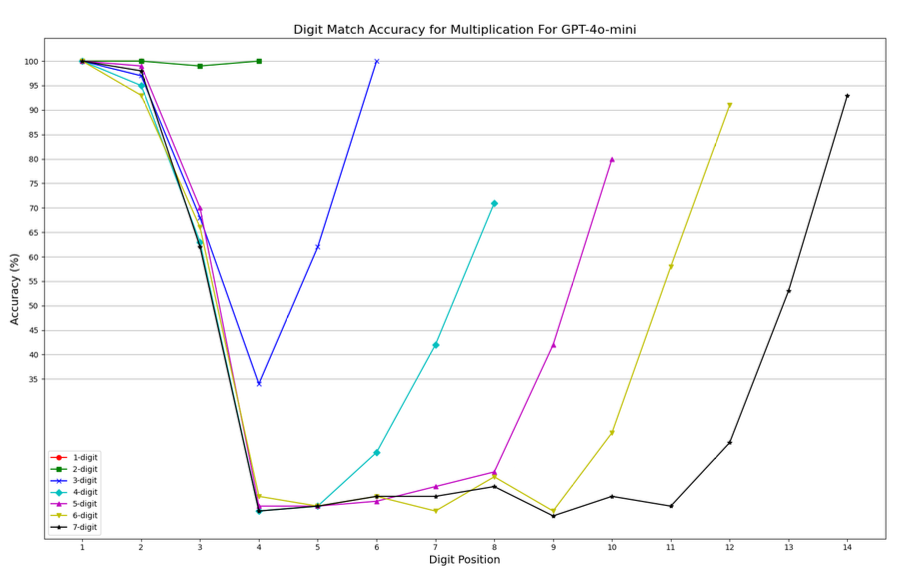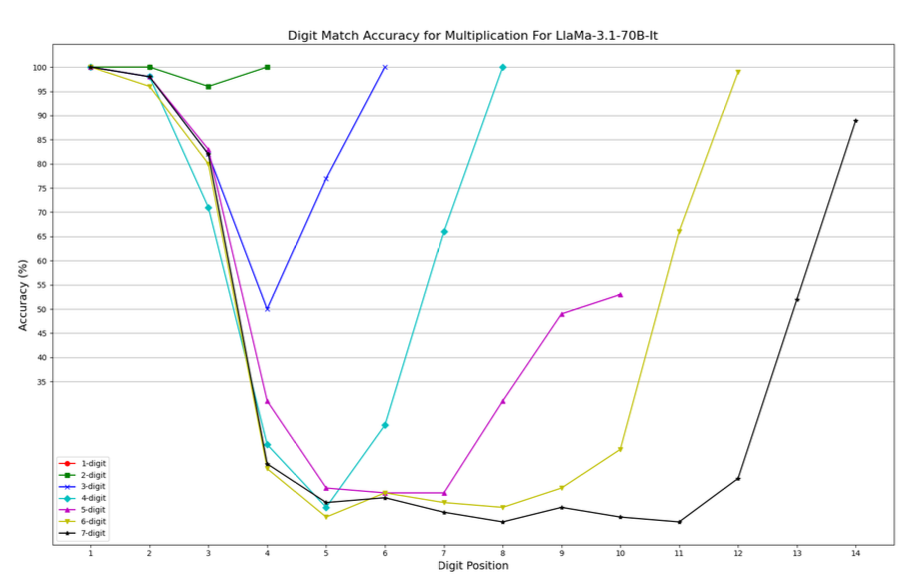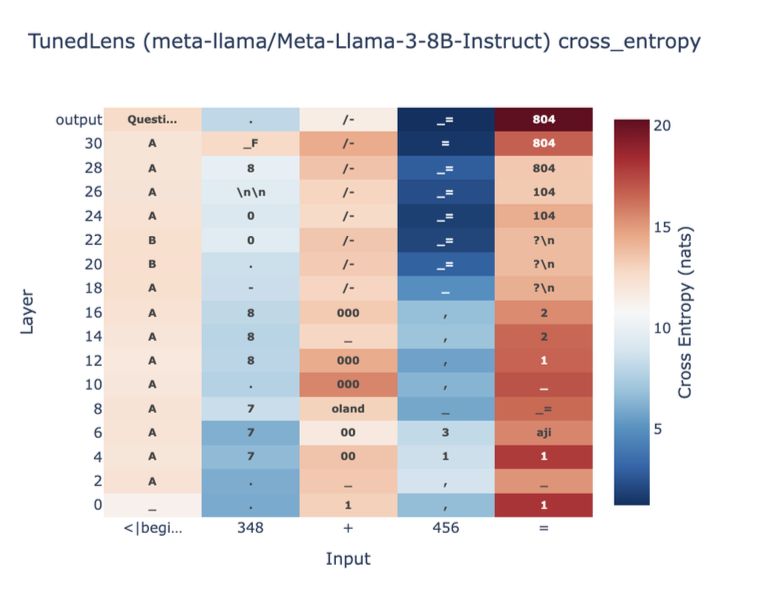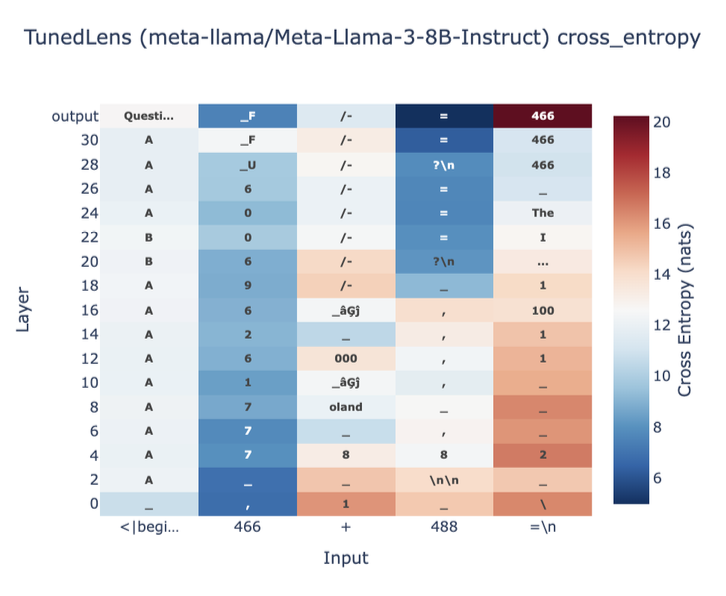Question
stringlengths 14
26
| Answer
int64 2
95,357B
| Num1
int64 1
9.94M
| Num2
int64 1
9.83M
|
|---|---|---|---|
What is 4 + 7?
| 11 | 4 | 7 |
What is 8 + 9?
| 17 | 8 | 9 |
What is 4 + 6?
| 10 | 4 | 6 |
What is 5 + 5?
| 10 | 5 | 5 |
What is 5 + 5?
| 10 | 5 | 5 |
What is 2 + 5?
| 7 | 2 | 5 |
What is 5 + 9?
| 14 | 5 | 9 |
What is 10 + 9?
| 19 | 10 | 9 |
What is 6 + 8?
| 14 | 6 | 8 |
What is 4 + 1?
| 5 | 4 | 1 |
What is 5 + 7?
| 12 | 5 | 7 |
What is 6 + 1?
| 7 | 6 | 1 |
What is 6 + 7?
| 13 | 6 | 7 |
What is 6 + 2?
| 8 | 6 | 2 |
What is 7 + 6?
| 13 | 7 | 6 |
What is 6 + 2?
| 8 | 6 | 2 |
What is 5 + 4?
| 9 | 5 | 4 |
What is 3 + 7?
| 10 | 3 | 7 |
What is 5 + 6?
| 11 | 5 | 6 |
What is 5 + 3?
| 8 | 5 | 3 |
What is 2 + 3?
| 5 | 2 | 3 |
What is 6 + 9?
| 15 | 6 | 9 |
What is 7 + 4?
| 11 | 7 | 4 |
What is 2 + 6?
| 8 | 2 | 6 |
What is 7 + 6?
| 13 | 7 | 6 |
What is 2 + 4?
| 6 | 2 | 4 |
What is 9 + 3?
| 12 | 9 | 3 |
What is 2 + 6?
| 8 | 2 | 6 |
What is 9 + 8?
| 17 | 9 | 8 |
What is 9 + 9?
| 18 | 9 | 9 |
What is 2 + 2?
| 4 | 2 | 2 |
What is 10 + 1?
| 11 | 10 | 1 |
What is 2 + 6?
| 8 | 2 | 6 |
What is 8 + 10?
| 18 | 8 | 10 |
What is 5 + 10?
| 15 | 5 | 10 |
What is 2 + 2?
| 4 | 2 | 2 |
What is 9 + 2?
| 11 | 9 | 2 |
What is 1 + 6?
| 7 | 1 | 6 |
What is 1 + 2?
| 3 | 1 | 2 |
What is 2 + 2?
| 4 | 2 | 2 |
What is 4 + 2?
| 6 | 4 | 2 |
What is 2 + 1?
| 3 | 2 | 1 |
What is 9 + 1?
| 10 | 9 | 1 |
What is 6 + 5?
| 11 | 6 | 5 |
What is 7 + 8?
| 15 | 7 | 8 |
What is 3 + 3?
| 6 | 3 | 3 |
What is 7 + 8?
| 15 | 7 | 8 |
What is 4 + 6?
| 10 | 4 | 6 |
What is 6 + 9?
| 15 | 6 | 9 |
What is 7 + 6?
| 13 | 7 | 6 |
What is 7 + 8?
| 15 | 7 | 8 |
What is 7 + 2?
| 9 | 7 | 2 |
What is 8 + 9?
| 17 | 8 | 9 |
What is 8 + 5?
| 13 | 8 | 5 |
What is 1 + 8?
| 9 | 1 | 8 |
What is 5 + 9?
| 14 | 5 | 9 |
What is 1 + 1?
| 2 | 1 | 1 |
What is 9 + 1?
| 10 | 9 | 1 |
What is 2 + 2?
| 4 | 2 | 2 |
What is 3 + 2?
| 5 | 3 | 2 |
What is 8 + 2?
| 10 | 8 | 2 |
What is 10 + 3?
| 13 | 10 | 3 |
What is 3 + 1?
| 4 | 3 | 1 |
What is 10 + 5?
| 15 | 10 | 5 |
What is 9 + 10?
| 19 | 9 | 10 |
What is 5 + 3?
| 8 | 5 | 3 |
What is 6 + 7?
| 13 | 6 | 7 |
What is 7 + 2?
| 9 | 7 | 2 |
What is 9 + 9?
| 18 | 9 | 9 |
What is 3 + 7?
| 10 | 3 | 7 |
What is 4 + 6?
| 10 | 4 | 6 |
What is 6 + 1?
| 7 | 6 | 1 |
What is 3 + 5?
| 8 | 3 | 5 |
What is 2 + 2?
| 4 | 2 | 2 |
What is 6 + 4?
| 10 | 6 | 4 |
What is 2 + 4?
| 6 | 2 | 4 |
What is 10 + 4?
| 14 | 10 | 4 |
What is 5 + 5?
| 10 | 5 | 5 |
What is 1 + 2?
| 3 | 1 | 2 |
What is 9 + 3?
| 12 | 9 | 3 |
What is 9 + 3?
| 12 | 9 | 3 |
What is 2 + 10?
| 12 | 2 | 10 |
What is 5 + 2?
| 7 | 5 | 2 |
What is 4 + 7?
| 11 | 4 | 7 |
What is 9 + 6?
| 15 | 9 | 6 |
What is 5 + 6?
| 11 | 5 | 6 |
What is 1 + 10?
| 11 | 1 | 10 |
What is 1 + 1?
| 2 | 1 | 1 |
What is 5 + 2?
| 7 | 5 | 2 |
What is 9 + 6?
| 15 | 9 | 6 |
What is 1 + 5?
| 6 | 1 | 5 |
What is 6 + 4?
| 10 | 6 | 4 |
What is 4 + 1?
| 5 | 4 | 1 |
What is 1 + 4?
| 5 | 1 | 4 |
What is 7 + 10?
| 17 | 7 | 10 |
What is 4 + 6?
| 10 | 4 | 6 |
What is 9 + 1?
| 10 | 9 | 1 |
What is 5 + 9?
| 14 | 5 | 9 |
What is 2 + 5?
| 7 | 2 | 5 |
What is 2 + 10?
| 12 | 2 | 10 |
Arithmetic Length Generalization Dataset (ALGD)
Dataset Description
The Arithmetic Length Generalization Dataset (ALGD) is a benchmark dataset designed to evaluate the arithmetic reasoning capabilities of large language models (LLMs) across varying levels of numerical complexity. The dataset focuses on assessing the generalization performance of LLMs on elementary arithmetic tasks, such as addition, subtraction, multiplication, division, and modulus, with numbers ranging from 1-digit to 7-digits. This dataset was created as part of a study investigating the scaling behavior and numerical limitations of state-of-the-art LLMs.
Key Features
- Tasks: Includes 3,500 examples covering five arithmetic operations—addition, subtraction, multiplication, division, and modulus.
- Complexity Levels: Each operation contains 100 examples for each digit length (1-digit to 7-digits), enabling a systematic evaluation of model performance as numerical complexity increases.
- Focus: Evaluates both overall accuracy and digit-wise accuracy to highlight specific strengths and weaknesses in LLM arithmetic reasoning.
- Reproducibility: Code for reproducibility is available at raishish/arithmetic-interp.
Dataset Structure
The dataset is organized into five separate files or sections based on the arithmetic operation:
| Operation | Number of Examples | Digit Range |
|---|---|---|
| Addition | 700 | 1-digit to 7-digits |
| Subtraction | 700 | 1-digit to 7-digits |
| Multiplication | 700 | 1-digit to 7-digits |
| Division | 700 | 1-digit to 7-digits |
| Modulus | 700 | 1-digit to 7-digits |
Each example consists of:
- Input: A mathematical expression (e.g.,
2345 + 6789). - Output: The correct numerical result (e.g.,
9134).
Applications
The ALGD dataset can be used for:
- Benchmarking LLMs' arithmetic reasoning capabilities.
- Studying the effects of numerical complexity on model performance.
- Developing and testing new techniques for improving LLMs' mathematical reasoning.
Results Summary
The dataset has been used to evaluate several state-of-the-art models, including GPT-40-mini and LLaMa-3.1-70B. Key findings include:
- Models perform well on simpler tasks (e.g., addition with fewer unique digits) but struggle with higher numerical complexity.
- Accuracy declines sharply for operations involving larger numbers or higher unique digit counts.
- Models exhibit higher accuracy for the first and last digits of predictions compared to middle digits.
Usage
Loading the Dataset
You can load the dataset using Python or any data processing library. Each file is in a simple text or JSON format with fields for input and output.
Evaluation Metrics
Evaluation scripts compute:
- Overall Accuracy: Percentage of correctly answered questions.
- Digit-Wise Accuracy: Accuracy measured separately for each digit position in the output.
Citation
If you use this dataset in your research, please cite:
@article{rai2024arithmetic-length-generalization-performance,
title={Characterizing arithmetic length generalization performance in large language models},
author={Rai, Ashish and Peddaputha, Akash and Gupta, Aman},
year={2024},
month={Dec},
url={https://raishish.github.io/blog/2025/characterizing-arithmetic-length-generalization}
}
License
This dataset is released under the MIT License.
- Downloads last month
- 21




